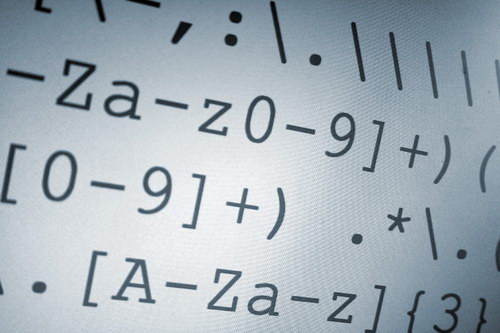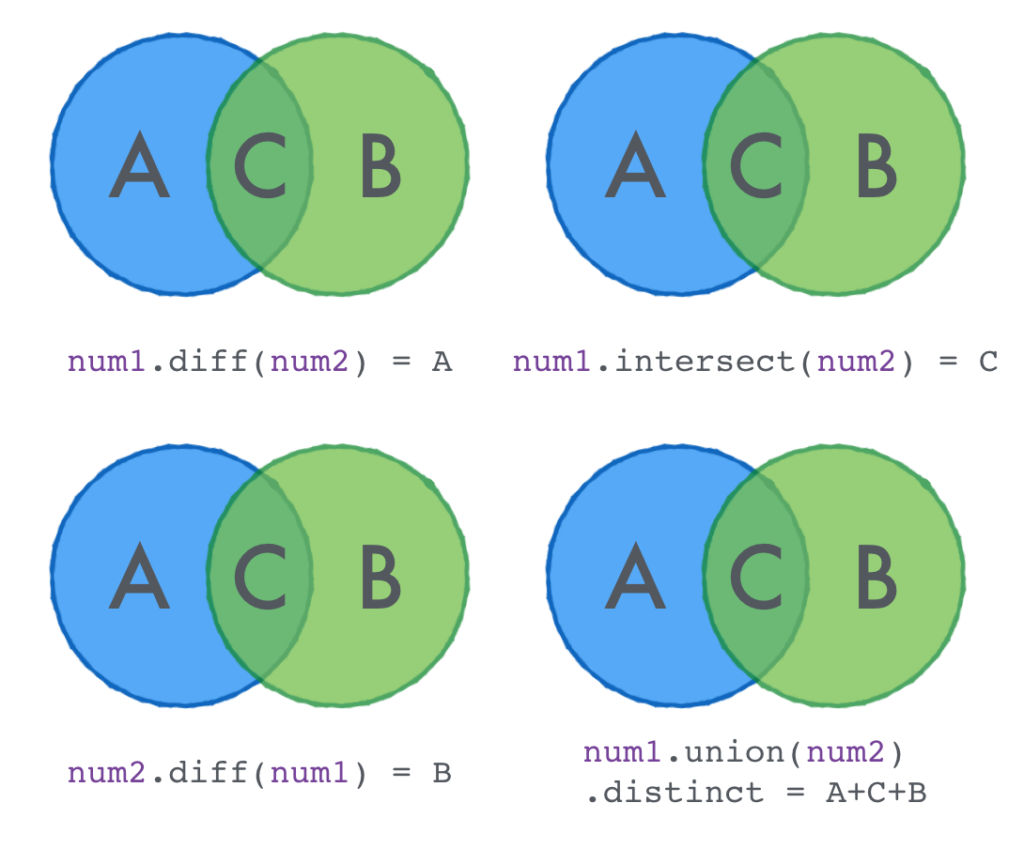下面是一系列对Scala中的Lists、Array进行排序的例子,数据结构的定义如下:
// data structures working with
val s = List( "a", "d", "F", "B", "e")
val n = List(3, 7, 2, 1, 5)
val m = Map(
-2 -> 5,
2 -> 6,
5 -> 9,
1 -> 2,
0 -> -16,
-1 -> -4
)
利用Scala内置的sorted方法进行排序
s.sorted res0: List = List(B, F, a, d, e) n.sorted res1: List[Int] = List(1, 2, 3, 5, 7)
当然,我们也可以自定义排序规则:
implicit val KeyOrdering = new Ordering[String] {
override def compare(x: String, y: String): Int = {
y.compareTo(x)
}
}
s.sorted
List(e, d, a, F, B)
为什么我们这里不对m也排序呢?这是因为map对象没有sorted方法!
大小写敏感搜索
我们可以用Scala中的sortWith来自定义我们的对大小写敏感的排序函数。代码如下:
/* sort alphabetical and ignoring case */ def compfn1(e1: String, e2: String) = (e1 compareToIgnoreCase e2) < 0 /* sort alphabetical and ignoring case: alternate */ def compfn2(e1: String, e2: String) = (e1.toLowerCase < e2.toLowerCase) s.sortWith(compfn1) res2: List = List(a, B, d, e, F) s.sortWith(compfn2) res3: List = List(a, B, d, e, F) /* Or you can do so using anonymous function (Thanks Rahul) */ s.sortWith(_.toLowerCase < _.toLowerCase) res4: List = List(a, B, d, e, F)
如何对Map中的Key或Value进行排序
其实很简单代码如下:
// sort by key can use sorted
m.toList.sorted foreach {
case (key, value) =>
println(key + " = " + value)
}
-2 = 5
-1 = -4
0 = -16
1 = 2
2 = 6
5 = 9
// sort by value
m.toList sortBy ( _._2 ) foreach {
case (key, value) =>
println(key + " = " + value)
}
0 = -16
-1 = -4
1 = 2
-2 = 5
2 = 6
5 = 9
对源数据排序
上面的排序并不对原始的数据产生影响,排序的结果被存储到别的变量中,如果你的元素类型是数组,那么你还可以对数组本身进行排序,如下:
scala> val a = Array(2,6,1,9,3,2,1,-23)
a: Array[Int] = Array(2, 6, 1, 9, 3, 2, 1, -23)
scala> scala.util.Sorting.quickSort(a)
scala> a.mkString(",")
res24: String = -23,1,1,2,2,3,6,9
可以看到a数组内部的数据已经排好序了。
如果你对上面的n进行排序,发现会报出如下的错误:
scala> scala.util.Sorting.quickSort(n)
<console>:14: error: overloaded method value quickSort with alternatives:
(a: Array[Float])Unit <and>
(a: Array[Int])Unit <and>
[K](a: Array[K])(implicit evidence$1: scala.math.Ordering[K])Unit <and>
(a: Array[Double])Unit
cannot be applied to (List[Int])
scala.util.Sorting.quickSort(n)
从上面的报错信息我们可以看出,只有Array才可以用scala.util.Sorting.quickSort方法。
在scala.util.Sorting下面还有个stableSort函数,它可以对所有Seq进行排序,返回的结果为Array。比如我们对上面的n进行排序:
scala> scala.util.Sorting.stableSort(n) res35: Array[Int] = Array(1, 2, 3, 5, 7)
而对Array排序返回Unit
scala> val a = Array(2,6,1,9,3,2,1,-23)
a: Array[Int] = Array(2, 6, 1, 9, 3, 2, 1, -23)
scala> scala.util.Sorting.stableSort(a)
scala> a.mkString(",")
res39: String = -23,1,1,2,2,3,6,9
从名字上我们也可以看出,stableSort是稳定排序。所以可以根据需要进行选择。
本博客文章除特别声明,全部都是原创!原创文章版权归过往记忆大数据(过往记忆)所有,未经许可不得转载。
本文链接: 【如何对Scala中集合(Collections)进行排序】(https://www.iteblog.com/archives/1171.html)








![Play JSON类库将List[(String, String)]转换成Json字符串](https://www.iteblog.com/wp-content/themes/yusi2.0/img/pic/4.jpg)
